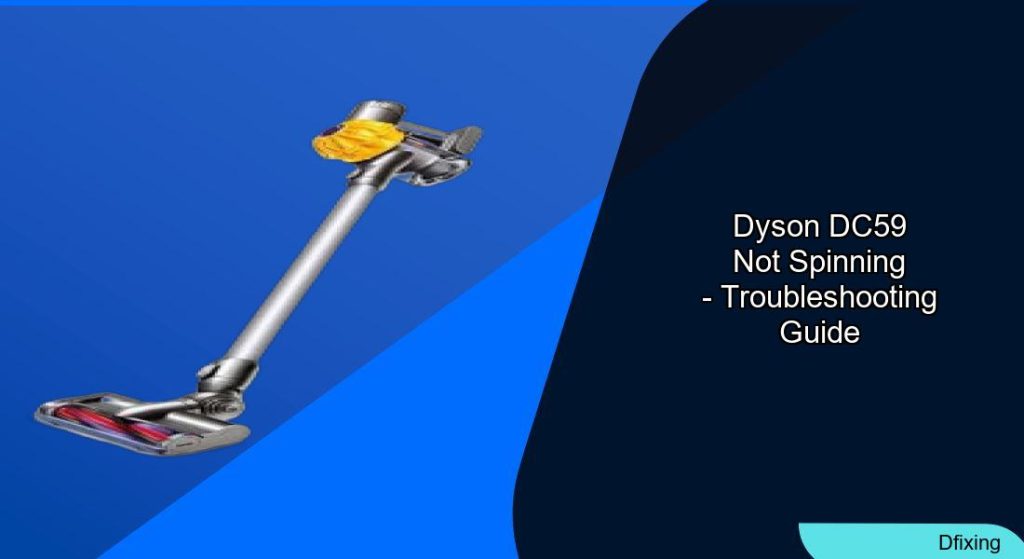A non-spinning brushbar on your Dyson DC59 cordless vacuum can turn routine cleaning into a frustrating task. When the motorhead operates but the brush remains stationary, debris accumulates rather than being suctioned away, reducing efficiency. This guide dives into the root causes, step-by-step troubleshooting, and preventive strategies to restore your vacuum’s performance. Whether the issue stems from tangled hair, a worn belt, or motor problems, you’ll find actionable solutions tailored to your Dyson DC59’s design.
Affiliate disclosure: As an Amazon associate, We'll earn a commission for every successful order through our affiliate links in the article. However, you won’t be charged anything for this.
By the end of this article, you’ll understand how to diagnose common malfunctions, perform DIY repairs, and maintain your vacuum for long-term reliability. From clearing obstructions to replacing critical components, these insights will help you tackle the problem confidently—and potentially avoid costly replacements.
Brushbar Malfunction: Causes and Diagnosis
The Dyson DC59’s brushbar relies on a synchronized system of motors, gears, and electrical connections to rotate effectively. Common culprits behind a stationary brushbar include:
- Obstructions: Hair, string, or debris around the brushbar or black spiral connector.
- Worn Brushes: Frayed or broken bristles that fail to engage the floor.
- Faulty Motor: Issues with power delivery or mechanical failure within the motorhead.
- Broken Drive Belt: A snapped or misaligned belt disconnects the motor’s power from the brushbar.
- Improper Carpet Settings: Incorrect adjustment of the height dial may prevent proper contact with floors.
To pinpoint the cause, observe whether the motor emits unusual noises, check for visible blockages, and test the brushbar’s rotation manually. If the motor runs but the brush remains still, the issue likely lies in the brush assembly or belt.
Step-by-Step Troubleshooting Guide
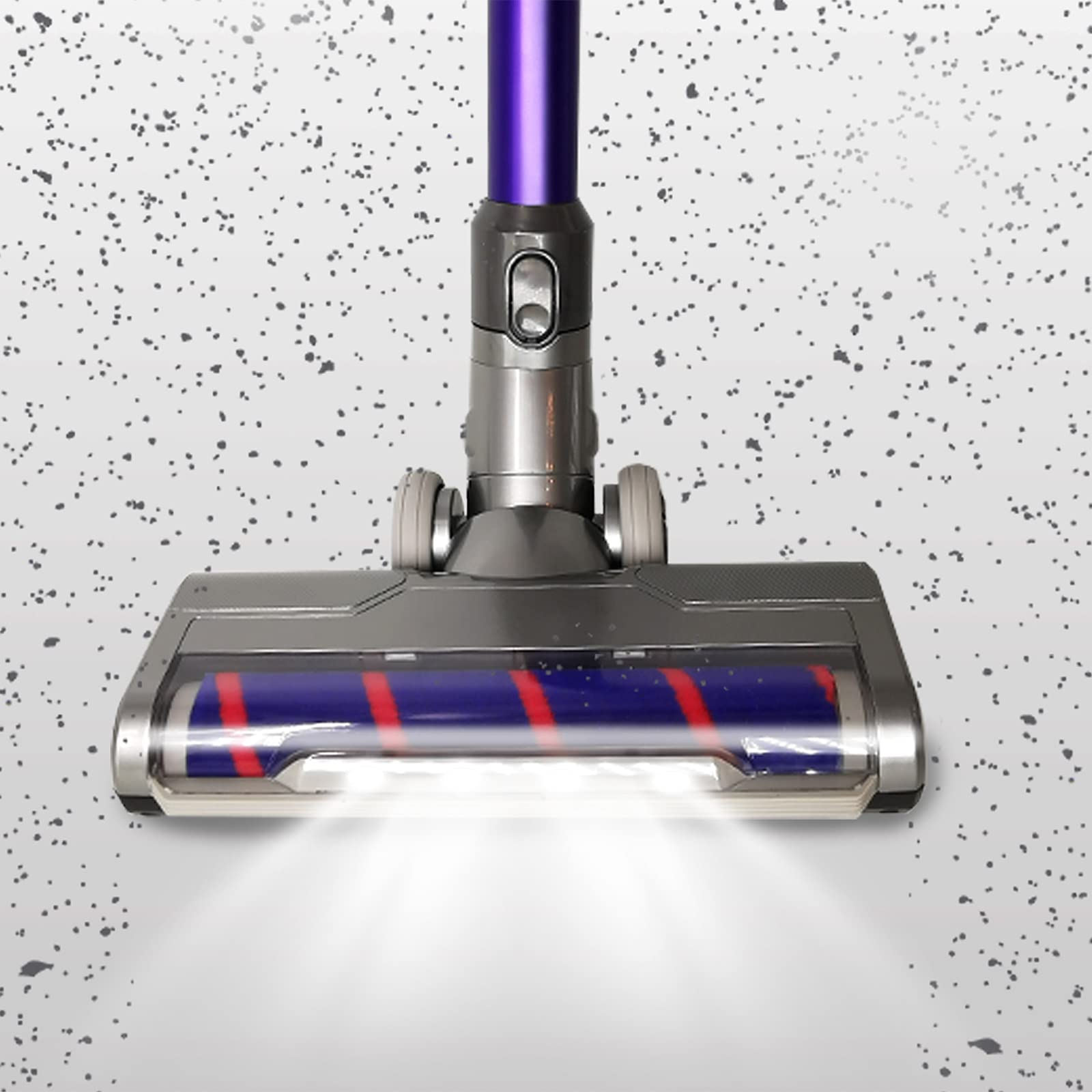
Clearing Obstructions Safely
- Turn off and unplug the vacuum to prevent electrical hazards.
- Remove the brushbar by pressing the release button at the motorhead’s rear.
- Inspect and cut away tangled hair or debris using scissors. Pay close attention to the black spiral connector—debris here can halt rotation even if the brush appears clean.
Assessing Brushbar Wear
Examine the bristles for fraying, breakage, or missing sections. If the brushbar shows significant wear, replace it with a Dyson OEM or compatible third-party unit.
If the brush bar is worn, it will not effectively agitate and lift dirt from the floor. Replacing it ensures optimal cleaning performance.

Genuine compatible replacement for newer Dyson DC59 motorheads

Budget-friendly replacement with dual brush bars and cleaning tool
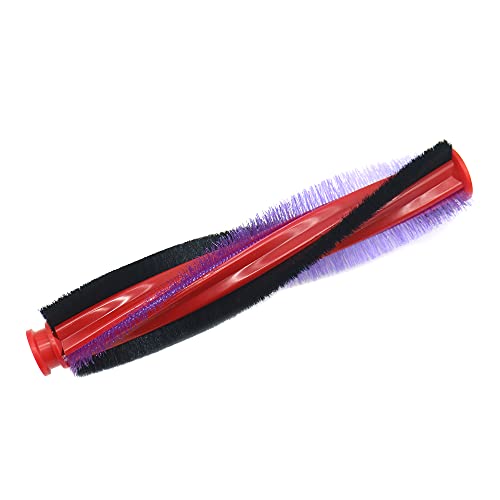
Affordable replacement with precise size verification guide
Testing Motor Performance
Reattach the clean brushbar and power on the vacuum. Listen for grinding or whirring sounds, which may indicate motor damage. If the motor runs but the brushbar stays still, check the drive belt or internal gears for disconnection.
Replacing Critical Components
Brushbar Replacement
If the brushbar is damaged beyond cleaning or repair, replacing it is necessary to restore proper function. Here’s how to do it:
- Purchase a replacement brushbar (available from Dyson or reputable suppliers).
- Align the new brushbar with the motorhead slots and click it into place.
- Verify rotation by turning on the vacuum. If the belt is also damaged, replace it simultaneously to avoid future issues.
Drive Belt Maintenance
If the drive belt is cracked, stretched, or broken, it needs to be replaced to ensure the brushbar spins correctly. Here’s how to address the drive belt:
- Remove the brushbar and inspect the belt for cracks or looseness.
- Clean the belt with a damp cloth, or replace it if excessively worn. Ensure proper alignment during reinstallation.
Addressing Specific Issues
Case Study: Free-Spinning Spindle
Hair buildup behind the black spindle often prevents rotation. Disassemble the spindle (using a T8 Torx screwdriver if applicable) and remove debris to restore movement.
Intermittent Brush Head Stopping
If the brush head stops and restarts after a minute of use, check for loose internal wiring. Open the motorhead (if comfortable with electronics) and secure all connections. Solder broken wires and insulate with electrical tape.
If you find any issues with the motorhead’s internal wiring or suspect the motor itself is failing, replacing the entire motorhead assembly might be the most straightforward solution.

Genuine Dyson motorhead replacement for DC59 with enhanced suction
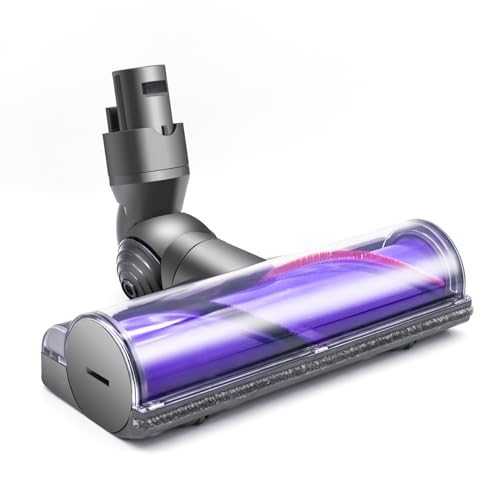
Direct-drive motorhead with dual brushes for deep cleaning

Dual-roller motorhead with LED lights for dark areas
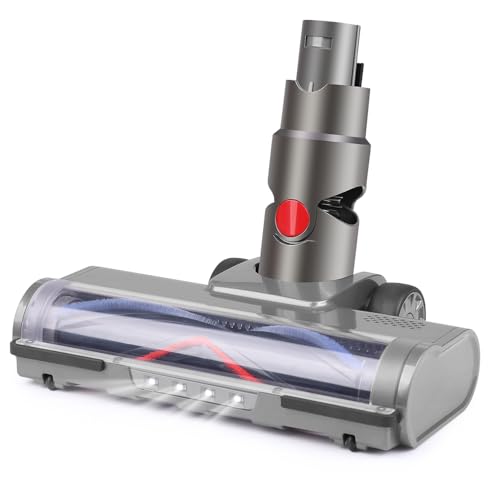
V-Shape turbo brush with enhanced dust capture
Battery and Power Delivery
A weak battery may fail to sustain motor operation. Ensure the battery is fully charged and clean the electrical contacts between the canister and motorhead with a dry Q-tip and alcohol.
If the battery isn’t holding a charge or seems to be draining quickly, it might be time for a replacement. A new battery can significantly improve the vacuum’s performance and runtime.

Premium battery with enhanced safety and runtime
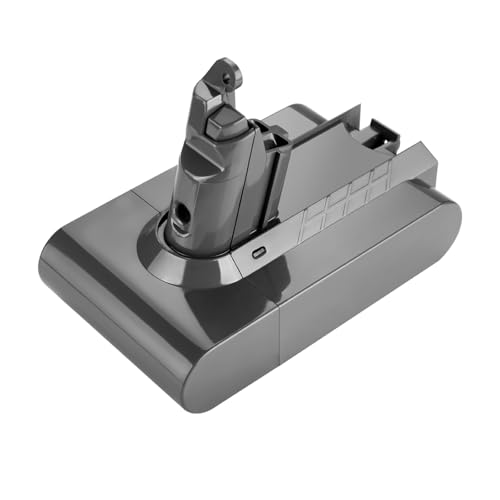
High-capacity battery with extended lifespan
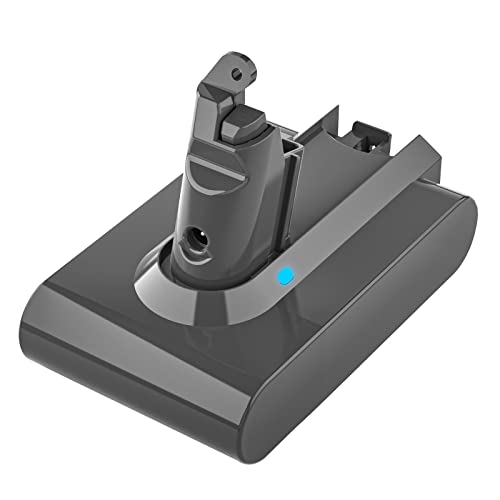
Budget-friendly option with safety features

Value pack with extended battery life
Preventive Maintenance Strategies
Routine Cleaning
After each use, inspect the brushbar and belt for debris. For V6/V7/V8 models, disassemble the brushbar using a coin to twist the locking mechanism, then remove hair from internal components.
Optimal Storage and Usage
Store the vacuum in a dry, cool area to prevent moisture damage. Avoid using it on rough surfaces that strain the brushbar, and use appropriate attachments for delicate or high-pile areas.
Electrical Contact Care
For V-series models, access dust filter contacts by removing the dust bin. Clean any obstructions with a screwdriver and ensure the white tab is pressed to release the filter.
Frequently Asked Questions (FAQ)
Why isn’t my Dyson DC59 brushbar spinning?
Common reasons include obstructions, a broken drive belt, motor failure, or incorrect carpet settings. Start by clearing debris and testing the motor.
How often should I replace the brushbar?
Replace the brushbar every 6–12 months or when bristles show visible wear. Regular cleaning extends its lifespan.
Can a weak battery cause brushbar issues?
Yes. A low battery may not deliver enough power to spin the brushbar consistently. Test with a fully charged battery.
How do I adjust the carpet setting?
Set the height dial to match your flooring: lower for hard floors, higher for carpets. Incorrect settings prevent the brushbar from making contact.
Conclusion
A Dyson DC59 brush bar not spinning is a solvable issue with the right approach. By systematically addressing obstructions, worn parts, and electrical connections, you can restore your vacuum’s efficiency. Regular maintenance—like cleaning the drive belt and checking motor contacts—prevents future breakdowns. For complex repairs, such as soldering internal wires, consult Dyson support if your vacuum is under warranty. With these tips, your DC59 can continue delivering powerful, hassle-free cleaning for years.

